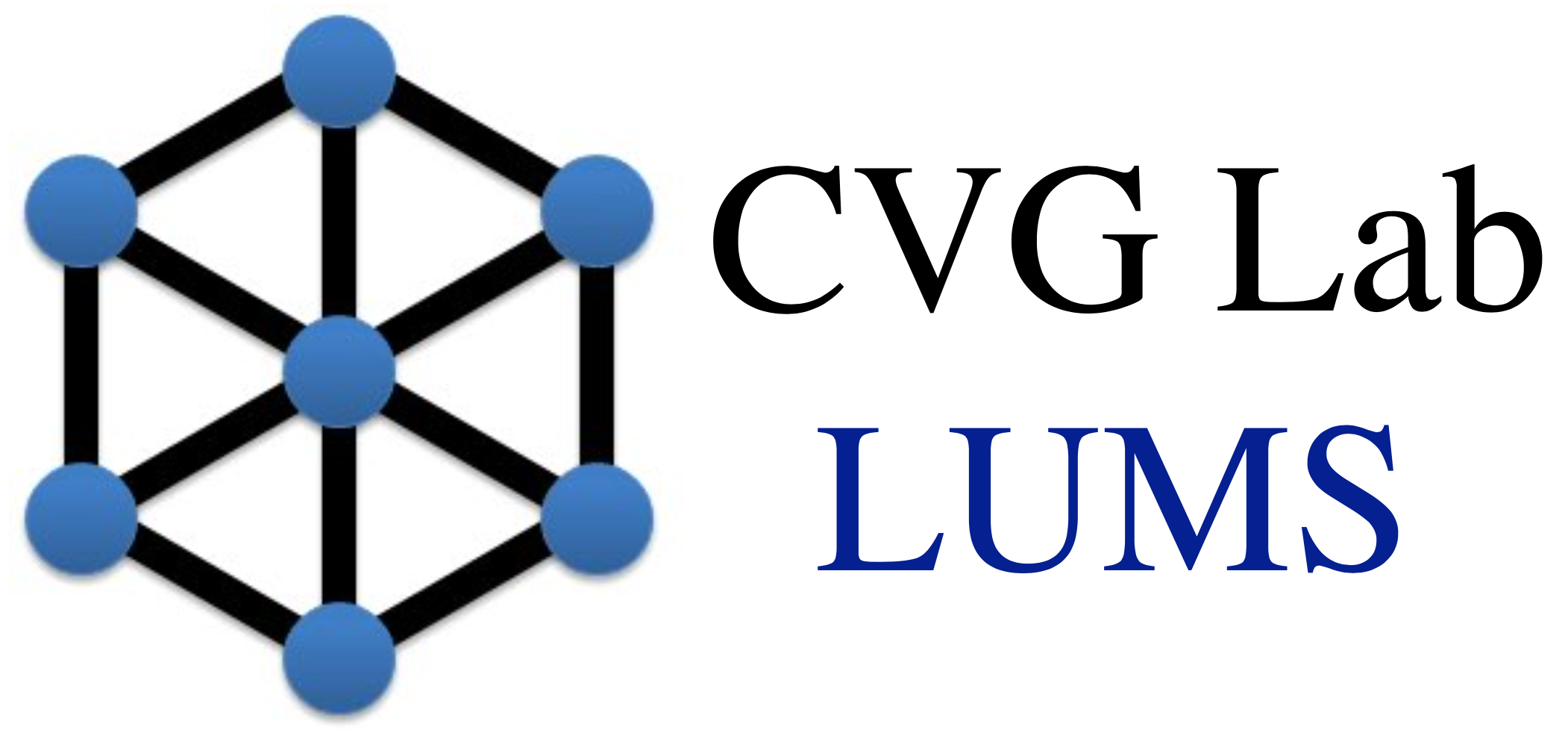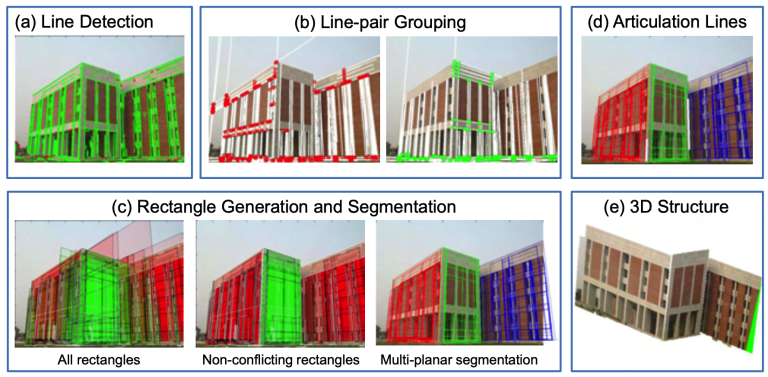Video Coding Using Linear Compensation (VCLC) – Project Page

Arif Mahmood, Zartash Uzmi, Sohaib Khan
Download our paper here.
For a presentation on VCLC click here
Abstract
Block based motion compensation techniques are commonly used in video encoding to reduce the temporal redundancy of the signal. In these techniques, each block is matched with an other block in a previous frame. The match criteria, normally used, is the minimization of sum of absolute differences (SAD). Traditional encoders take difference of the current block and its best matching block for further processing. Rather than directly encoding the difference between the two blocks, we propose that the difference between the current block and its first order linear estimate should be encoded. This choice is motivated by observing that frequent brightness and contrast changes in real videos can be modeled by a linear filter.
We show two important theoretical results: (1) The variance of the linear compensated differential signal is always less than or equal to the traditional differential signal. (2) The optimal criteria for finding the best matching block, in proposed scheme, is the maximization of the magnitude of correlation coefficient. The theoretical results are verified through experimentation on a large dataset taken from several commercial videos. For the same number of bits per pixel, our proposed scheme exhibits an improvement in peak signal to noise ratio (PSNR) up to 5 dB when compared to the traditional generic encoder.
Results
Since standard test videos used in research on video coding contain limited motion and lighting changes, we used clips taken from popular movies, which are more closer to the realistic scenario of video coding. The PNSR curves and values are shown below.
ICC Poster describing key ideas of the paper [click poster for a higher resolution version]









